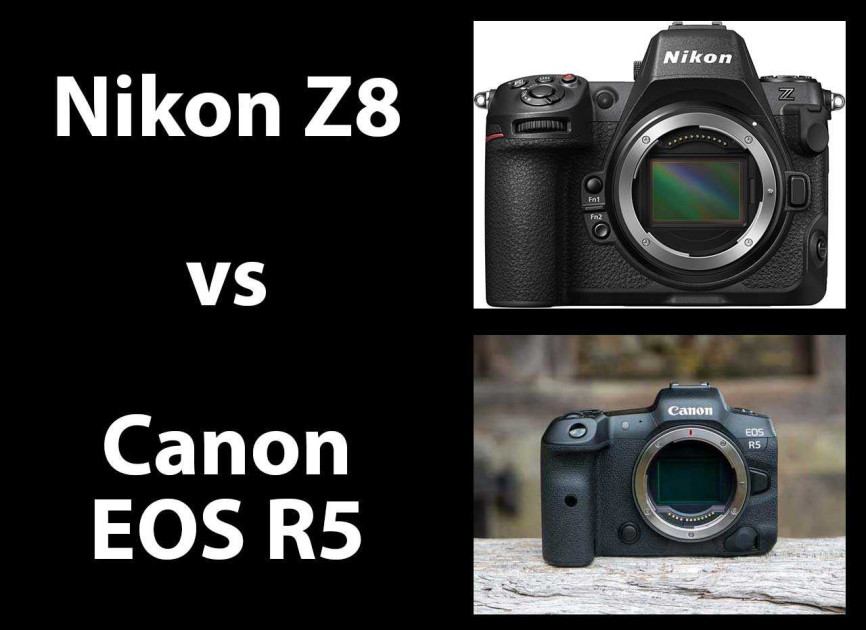
The Canon EOS R5 was first announced on July 9th, 2020, while the new Nikon Z8 was announced on 10th May 2023. Both are flagship 35mm full-frame mirrorless cameras.
Now that we know everything about the Canon R5 and Nikon Z8, it’s clear that they actually share a lot of similarities when it comes to their core specifications and features, so which one should you pick?
We’re bringing you this in-depth Nikon Z8 vs Canon EOS R5 head-to-head comparison to help you choose between these two full-frame mirrorless cameras.
You can also read our detailed Canon EOS R5 review to find out exactly what we think of it.
Sensor and Processor
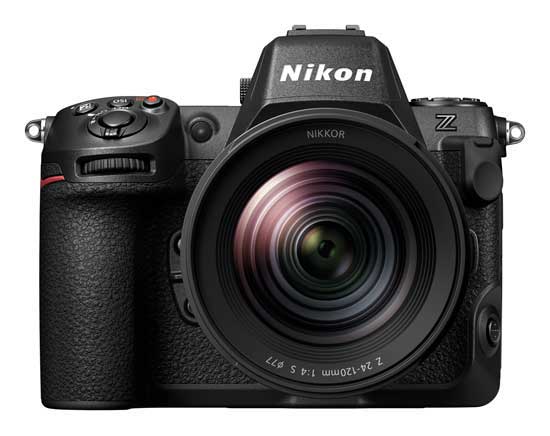
These two cameras offer the same number of megapixels, but they crucially use different sensor technologies that make a difference in image quality and especially performance.
The Nikon Z8 uses a 45.7 megapixel stacked BSI CMOS image sensor paired with the latest generation EXPEED 7 processor.
The Canon R5 also has a 45 megapixel CMOS sensor that works in tandem with the latest generation DIGIC X processor.
A stacked sensor increases the imaging speed for faster burst shooting (more on that later), whilst the BSI Back Side Illuminated) element has the potential to help improve the low-light-imaging capability.
ISO Range
The native ISO range of the Nikon Z8 is 64 to 25,600, which can be expanded down to ISO 32 and up to 102,400.
The ISO range of the Canon EOS R5 runs from 100-51,200, which can be further expanded down to ISO 50 and up to ISO 102,400.
Pixel Shift Multi Shooting
The Canon R5 has a special multi-shot shooting mode in which it takes 16 different images which can be combined to produce a single, 400-megapixel JPEG image.
Note that this mode only works by keeping the camera absolutely still and for non-moving subjects.
In stark contrast, the Nikon Z8 doesn’t have any such equivalent mode.
Video Recording
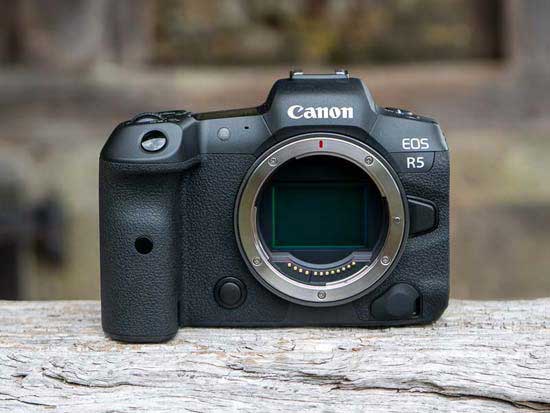
The Z8 is the second ever Nikon camera to offer 8K recording – UHD 8K 60p/30p/24p video can be recorded with no crop.
It also offers a variety of frame rates up to 120p, again using the entirety of the frame with no crop factor, and 4K UHD video oversampled from 8K is possible when recording in the 30p/25p/24p modes for even greater sharpness and detail.
Internal recording with 10-bit color and 4:2:2 sampling is supported via the ProRes 422 HQ and H.265 codecs, and you can extract high-resolution still frames from 8K footage and save them as individual 33 megapixel JPEG files.
The Canon R5 also has a headline-grabbing 8K video mode, which along with the Sony A1 and Nikon Z9 and Z8 makes it one of the only four digital interchangeable lens cameras to offer this feature at present.
The Canon EOS R5 offers 8K internal video recording up to 30p (non-cropped) in 4:2:2 10-bit Canon Log (H.265) or 4:2:2 10-bit HDR PQ (H.265), in addition to 4K video at up to 120p.
There is one key video difference between the two cameras – the Z8 can record 8K/30p for 90 minutes and 4K/60p for over 2 hours without overheating, while the EOS R5 can only record 8K/30p and 4K/60p for up to 20 minutes before it overheats.
Shutter Speeds
The Nikon Z8 supports a fastest shutter speed that goes all the way to an incredible 1/32,000th second.
By contrast, the Canon EOS R5 has a top speed of 1/8000th second via either its electronic or mechanical shutters.
Note that the Z8 doesn’t actually have a mechanical shutter at all.
Burst Shooting
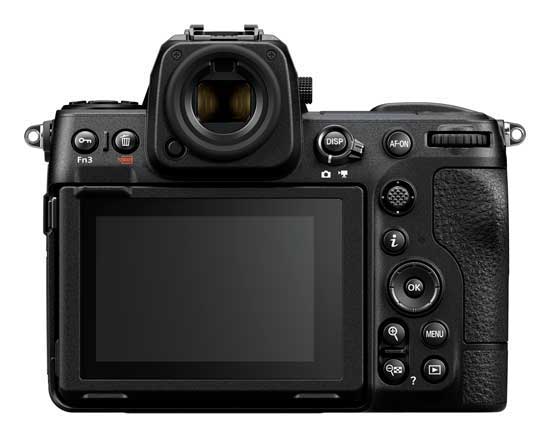
The Canon EOS R5 can capture images at up to 20fps with the electronic shutter or 12fps with the mechanical shutter for 170 JPEG frames, 83 RAW or 130 Compressed C-RAW files.
If you want even faster burst shooting, though, the Nikon Z8 takes things to another level by being able to shoot at up to 120fps depending on the file format.
The Z8 offers 120fps burst shooting – yes, 120fps – but only at 11 megapixel resolution.
If you choose to shoot full-resolution 45 megapixel JPEGs, the rate drops to a still impressive 30fps, and then down again to 20fps for full-resolution 45 megapixel Raw files.
Autofocus
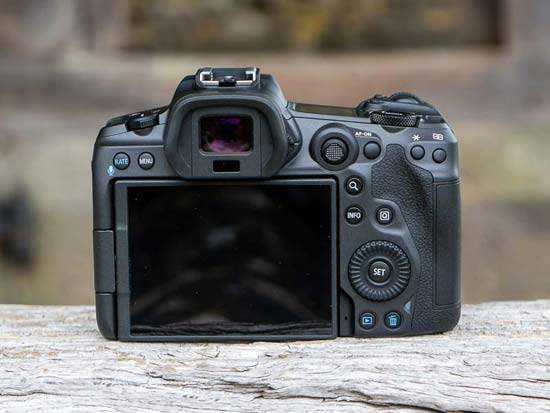
The Z8 features Nikon’s most advanced auto-focusing system. It has a 493-point phase-detection AF system which includes 405 auto-area AF points, with 100% frame coverage.
The Canon R5 employs the Dual Pixel CMOS AF system with a whopping 5,940 individual phase detection points that cover the frame up to 100% vertically and horizontally using the Auto AF area selection.
Impressively the EOS R5 can also focus in light levels as low as -6EV (when used with an F1.2 lens), but the Nikon Z8 can focus in light levels as low as -9EV when used in the Starlight mode.
Thanks to the Expeed 7 processor, the Z8 offers a wide range of deep-learning artificial intelligence based AF tracking modes.
Subject tracking works for humans, dogs, cats and birds, the latter even in flight, plus vehicles, including planes, trains, bicycles and motorbikes.
The new Z8 rather surprisingly additionally recognises aircraft as a subject – either the whole body, front or the cockpit.
The EOS R5’s deep-learning AI can recognise cats, dogs and birds, focusing on their bodies, faces or eyes, plus vehicles including motorbikes and racing cars.
Body and Design
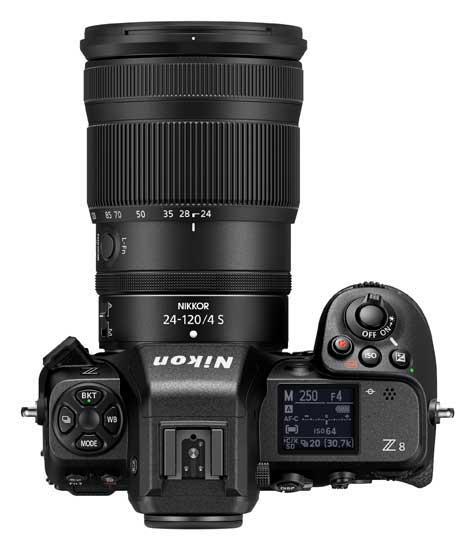
This is one of the biggest differences between the new Nikon Z8 and 2020’s Canon EOS R5.
In terms of size, the Canon R5 is much smaller and lighter than the Z8, weighing in at 650g body-only or 738g with both a battery and memory card fitted and it measures 138.5 x 97.5 x 88mm.
The Z8 is 30% smaller and 430g lighter than the flagship Z9, which has a dual-grip design, but at 910g it’s substantially heavier than the EOS R5.
Both cameras can still be used with an optional battery grip if you’d prefer to have a larger body with portrait controls and extended battery life.
Weather Resistance
The Nikon Z8 has a magnesium alloy body that is both dust- and weather-resistant, just like the D6 DSLR, with both of those cameras offering the same level of weather-proofing as each other.
The EOS R5 also has excellent weather-sealing that is similar to the Canon EOS 6D Mark II’s protection, so not quite on the same level as the flagship EOS R3 or EOS-1D X Mark III cameras.
IBIS

The Canon R5 has a pretty incredible stabilisation system, with 5-axis in-body image stabilisation (IBIS) which provides up to 8 stops of compensation when using the camera with certain compatible lenses.
The Nikon Z8 has an excellent in-body five-axis image stabilisation system which provides up to 6 stops of compensation when paired with certain Z-series lenses that also have their own built-in Vibration Reduction (VR) system.
Viewfinder
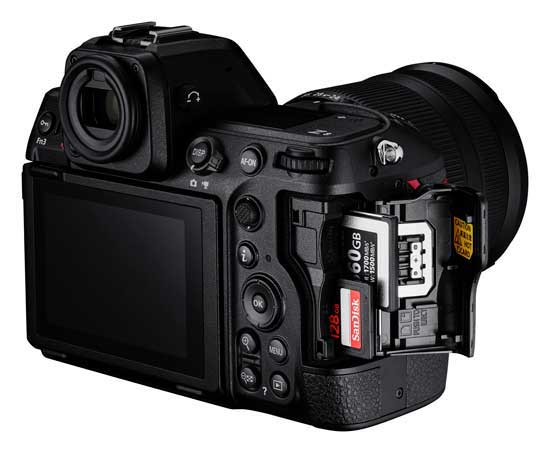
The Canon R5 has a very impressive 5.76M-dot OLED electronic viewfinder with 0.76x magnification and a fast 120fps refresh rate.
The Z8 uses a lower resolution 3.69M-dot, 0.8x-magnification OLED electronic viewfinder that also refreshes at 120fps, perfect for tracking your subject whilst shooting at up to 30fps.
LCD Screen
The Canon EOS R5 has a familiar 3.2-inch LCD panel with 2.1 million dots of resolution. It’s a fully articulating screen that can be flipped out to the side, rotated to the front, and folded against the back of the camera to help protect it.
In contrast the Nikon Z8 uses a four-axis vertically and horizontally tilting 3.2-inch, 2.1M-dot LCD screen.
Whilst not quite as versatile as a fully articulating, vari-angle LCD, the Z8’s screen works very well for both portrait or landscape-orientation shooting.
You can tilt it upwards to face you in either mode, whilst still being centrally located which make it easier to compose with than a screen that flips out to the side.
Memory Cards
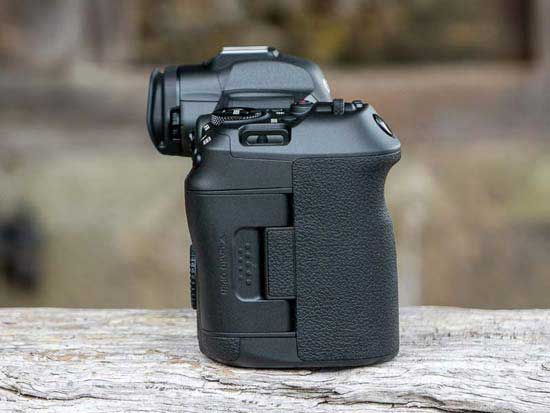
Both the Nikon Z8 and the Canon EOS R5 have one UHS-II SD card slot and one ultra-high speed CFexpress Type B slot.
The memory card format is an important part of using these camera, supporting the 8K video recording, burst shooting and speedy performance, so you ideally need to use a CFexpress card that supports in excess of 1500Mbps write speeds to get the best out of them.
Battery Life
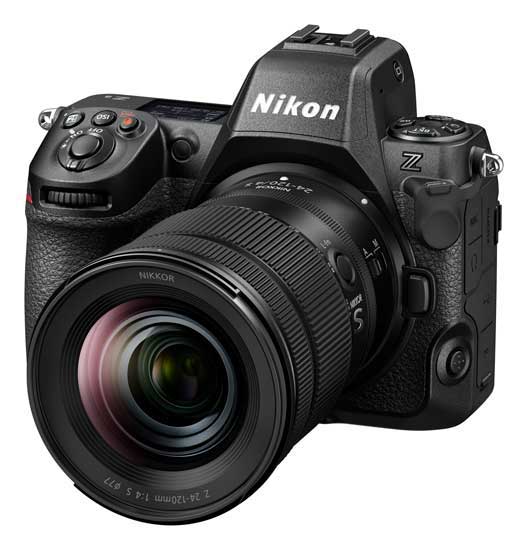
The Canon R5 uses the LP-E6NH battery which offers a lifespan of 470 shots when using the electronic viewfinder and 490 shots when using the LCD monitor.
The new Z8 uses the much smaller capacity EN-EL15C battery that’s also used by the Z7 II, Z6 II and Z5 cameras, providing a CIPA-rated 300 shots maximum achievable from a full charge.
Price
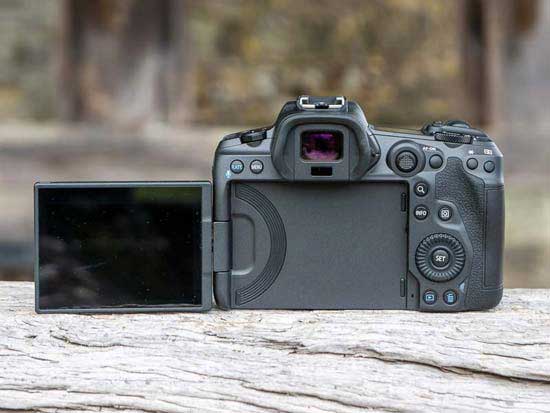
The price of the new Nikon Z8 is surprising, thankfully in a good way – Nikon have aggressively priced it at £3,999 / $3,999 body only in the UK/US.
This is significantly cheaper than the Canon EOS R5 in the UK but a lot more expensive in the US – it currently retails for around £4,299 body only in the UK and $3,399 in the US.
Conclusion
The new Nikon Z8 takes almost everything that we loved about the flagship Z9 and squeezes it into a much smaller, lighter and crucially significantly cheaper body.
Despite being 3 years older than the Z8, though, the Canon R5 is still a competitive product that is well worth considering.
So what do you think? Would you choose the new Nikon Z8 or the Canon EOS R5, and why? Leave a comment below!
Your Comments
Credit : Source Post



